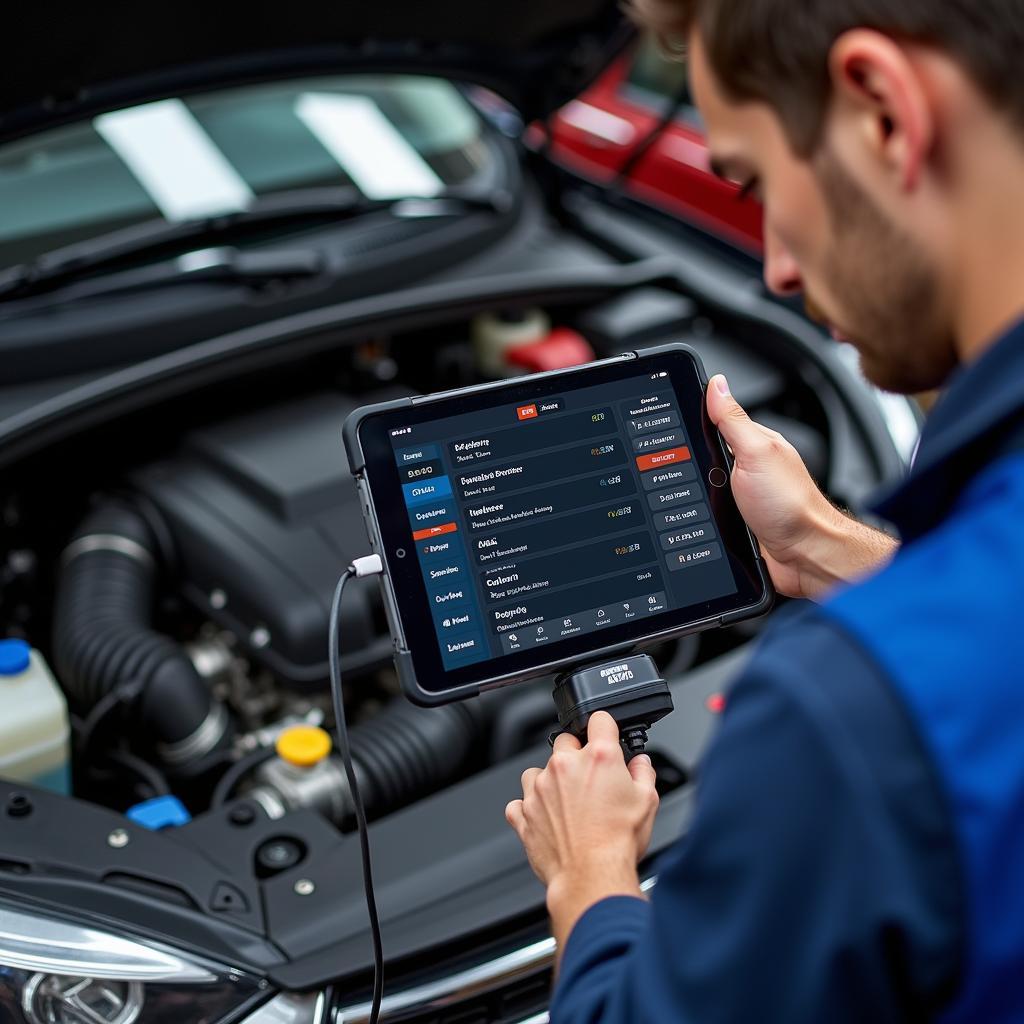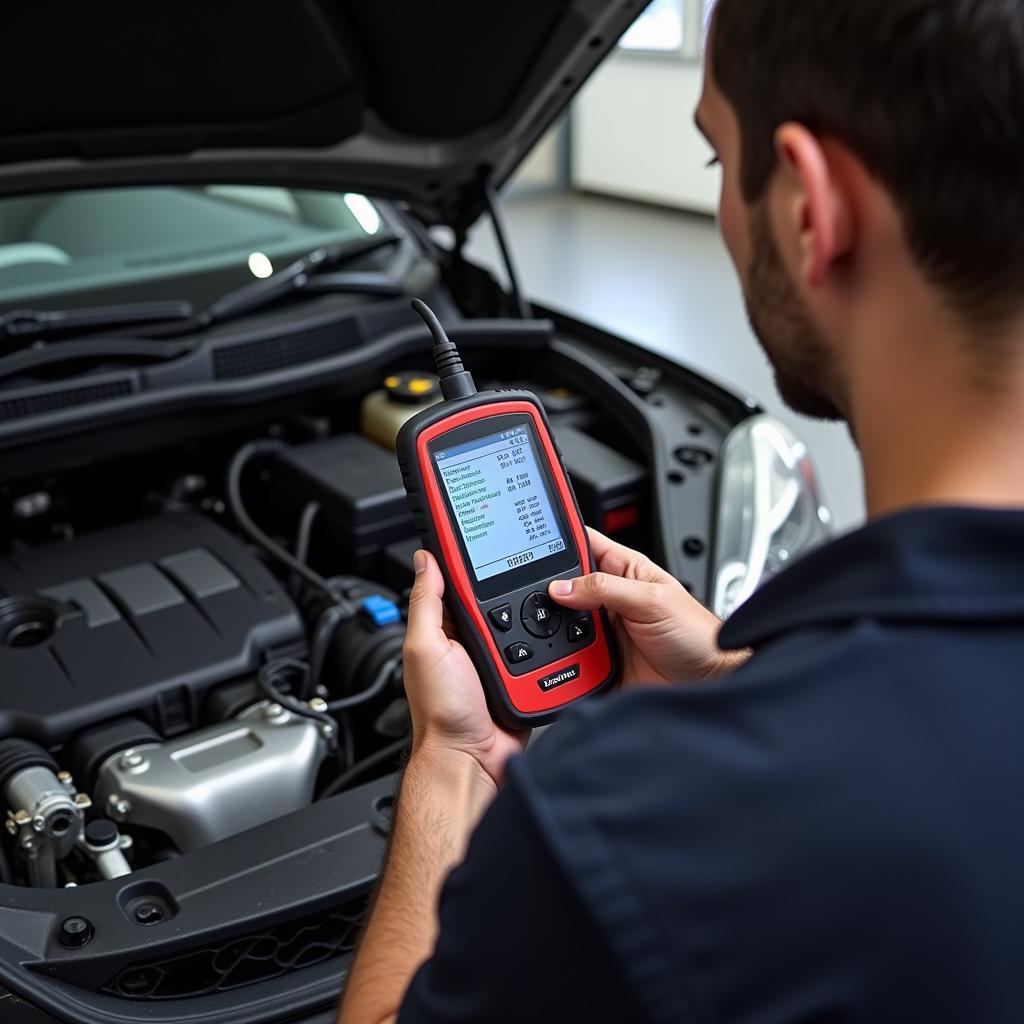Windows Updates are crucial for maintaining system security and stability. However, the update process can sometimes encounter issues. This guide delves into the “Windows Update Diagnostic Tool Windows 10” and offers comprehensive troubleshooting solutions for common Windows 10 update problems.
While Windows 10 doesn’t offer a standalone “windows update diagnostic tool” in the traditional sense, it does provide several built-in troubleshooters and utilities designed to address update-related issues. Understanding these tools and how to use them effectively is key to a smooth update experience.
Understanding Windows 10 Update Problems
Before diving into solutions, it’s essential to understand the types of problems you might encounter. These can range from download errors and installation failures to compatibility issues and post-update malfunctions. Identifying the specific problem helps narrow down the appropriate troubleshooting steps. Common errors include error codes like 0x80070002, 0x8024402f, and 0x80073712. Sometimes, updates might get stuck or even cause system instability.
Built-in Windows 10 Troubleshooting Tools
Windows 10 includes several troubleshooting tools accessible through the Settings app. Navigate to Settings > Update & Security > Troubleshoot. Here, you’ll find troubleshooters specifically designed for Windows Update. The Windows Update troubleshooter automatically detects and attempts to fix common update problems.
Using the Windows Update Troubleshooter
Running the Windows Update troubleshooter is straightforward. Simply click on “Windows Update” and then “Run the troubleshooter.” The tool will scan your system for potential issues and attempt to resolve them automatically. It might prompt you to take specific actions or provide recommendations based on its findings. Similar to the wsus client diagnostics tool windows 10 64 bit, this troubleshooter helps diagnose and fix issues.
Advanced Troubleshooting Techniques
If the built-in troubleshooter doesn’t resolve the issue, there are further steps you can take.
Resetting Windows Update Components
Manually resetting Windows Update components involves stopping the Windows Update service, renaming the SoftwareDistribution folder, and restarting the service. This can often resolve persistent update issues.
Running System File Checker (SFC)
The System File Checker (SFC) utility scans for and repairs corrupted system files that might be interfering with the update process. Open Command Prompt as an administrator and run the command sfc /scannow. This tool, like the windows system diagnostic tool, can identify and fix system file problems. This process might take some time.
Performing a Clean Boot
Performing a clean boot starts Windows with a minimal set of drivers and startup programs, helping isolate software conflicts that could be preventing updates. This can be helpful for pinpointing problematic applications. This is particularly useful after recent software installations. You can find instructions for performing a clean boot on Microsoft’s support website. This bears some resemblance to the wd diagnostics tool windows 10 in its ability to isolate potential hardware or software issues.
Preventing Future Windows Update Problems
Staying proactive can help minimize future update issues. Regularly cleaning up temporary files and disk space, ensuring sufficient storage, and keeping drivers up-to-date contribute to a smoother update experience. Keeping your system free of malware and viruses is also essential. For those interested in windows 10 memory diagnostic tool automatically running on startup wannacry, understanding how memory issues can affect system stability is important.
Conclusion
Troubleshooting Windows 10 update problems can sometimes be challenging. By understanding the available tools and techniques, you can effectively resolve most issues. This guide provided insights into the “windows update diagnostic tool windows 10” concept and offered practical solutions for common update problems. If you need further assistance, please don’t hesitate to contact ScanToolUS at +1 (641) 206-8880 or visit our office at 1615 S Laramie Ave, Cicero, IL 60804, USA.
For a comprehensive understanding of troubleshooting Windows crashes, the windows crash diagnostic tool resource can provide further insights.


